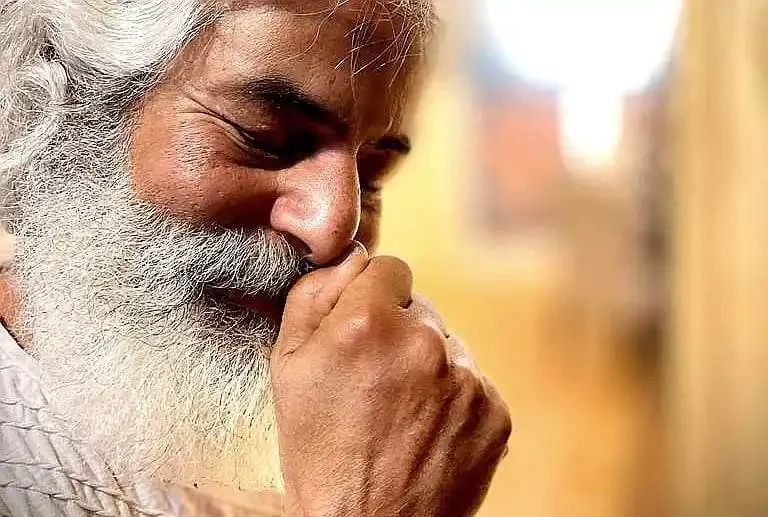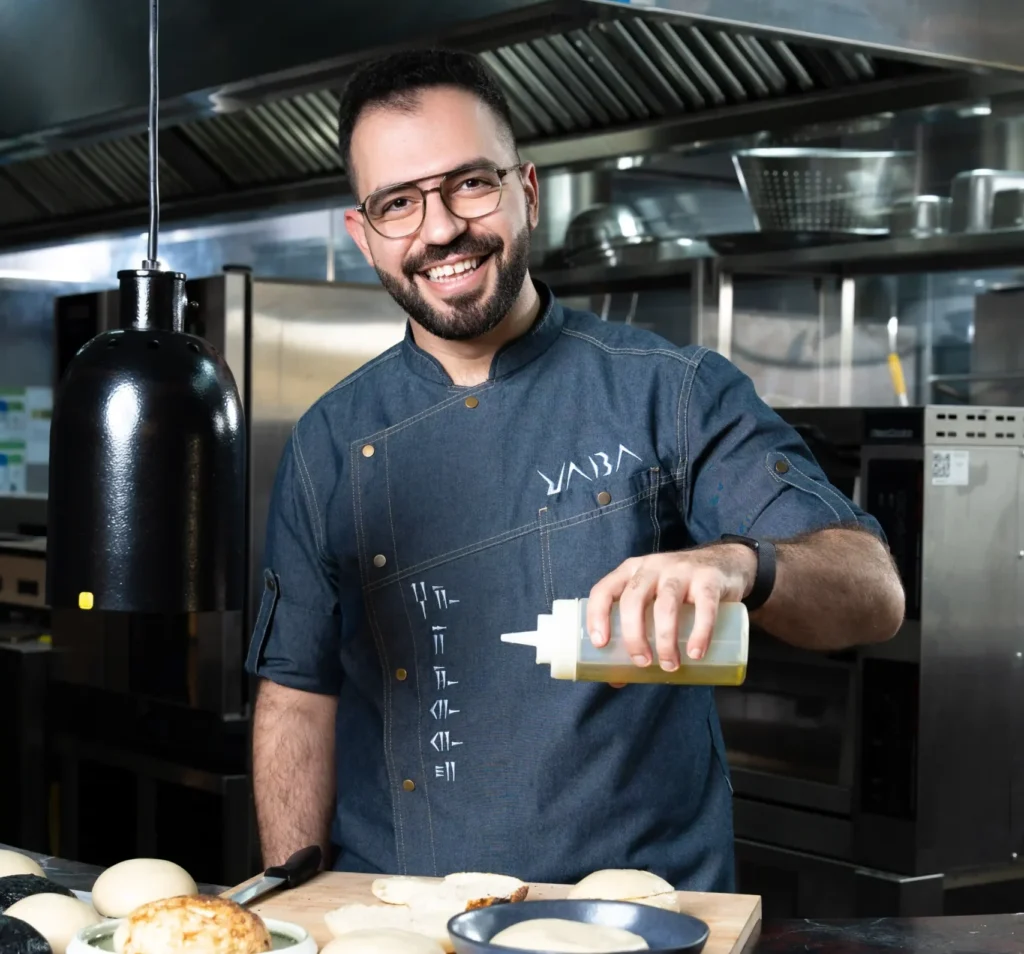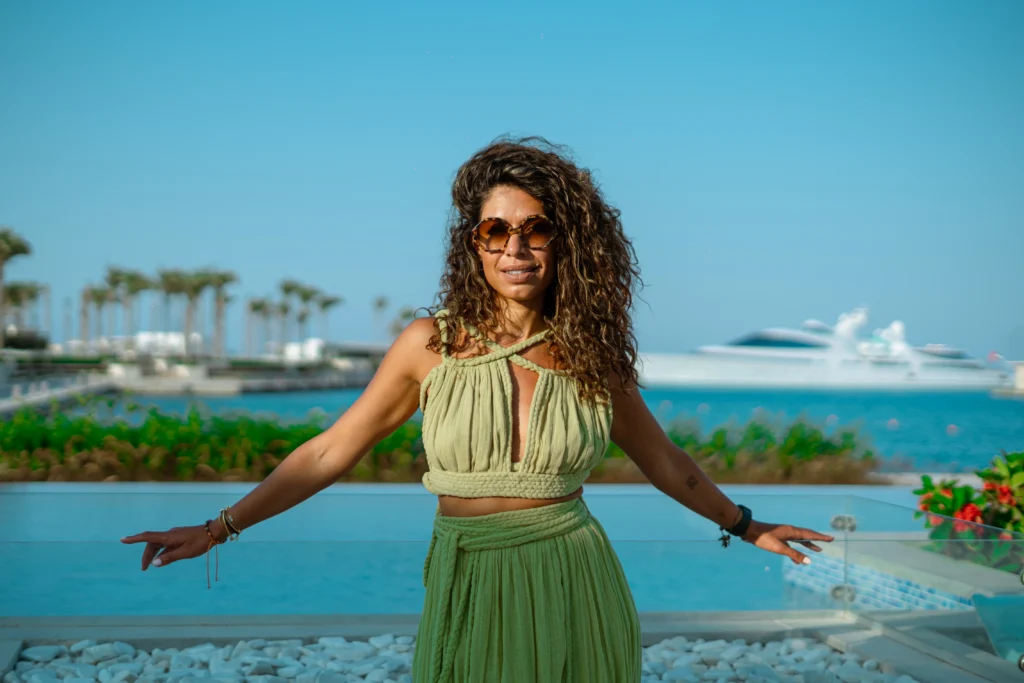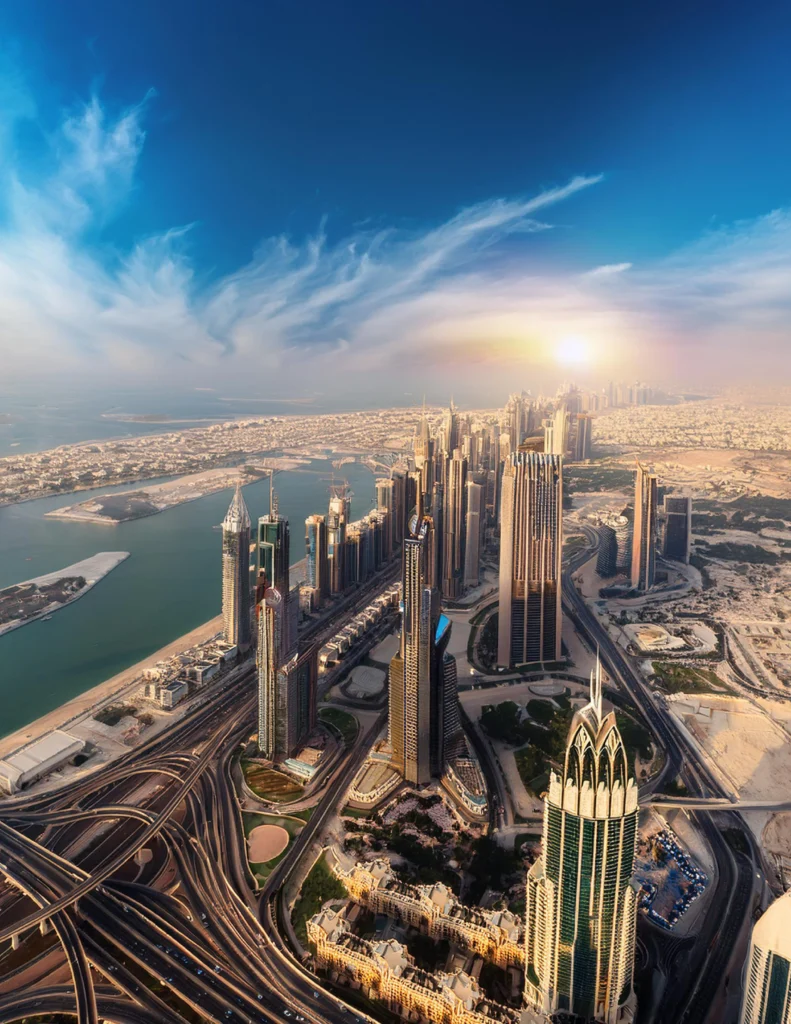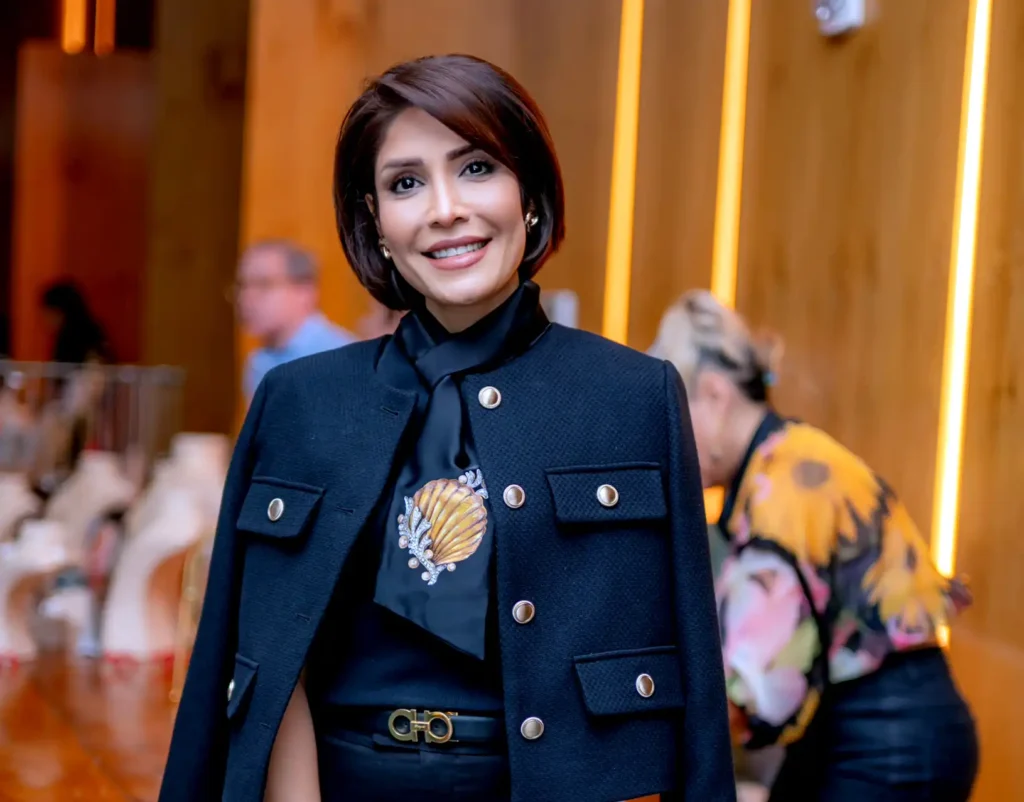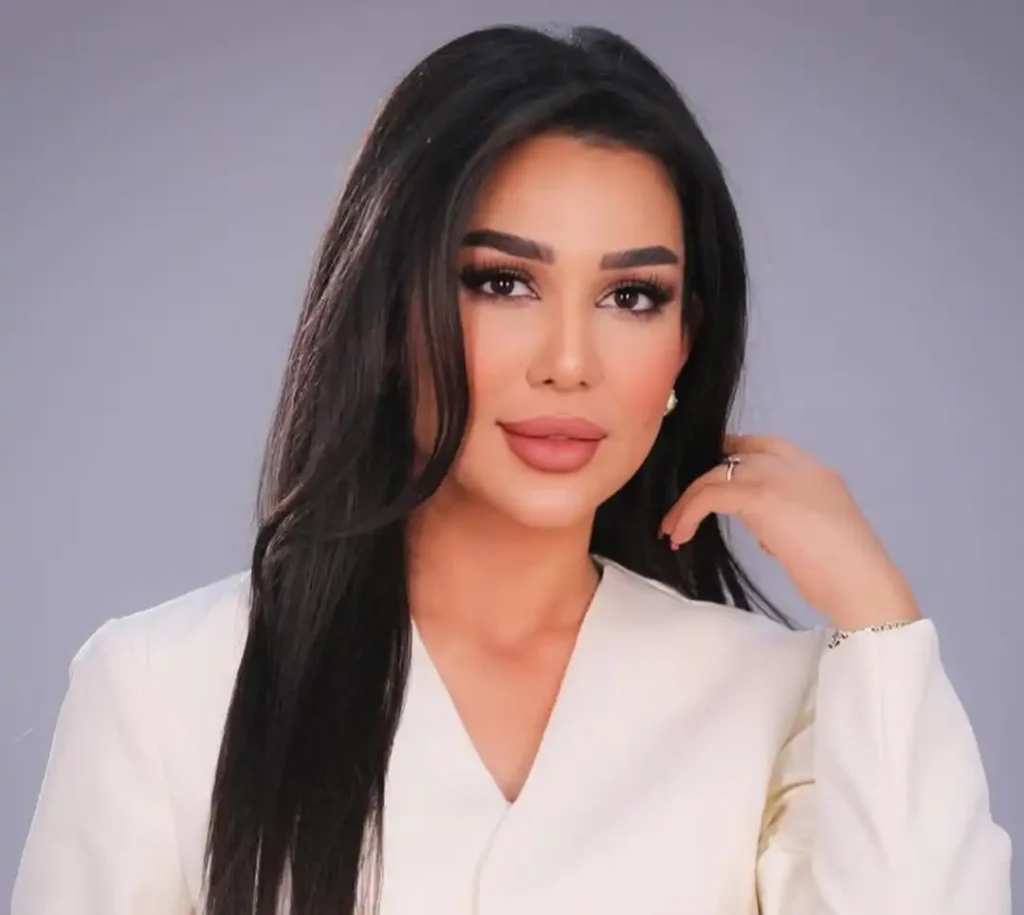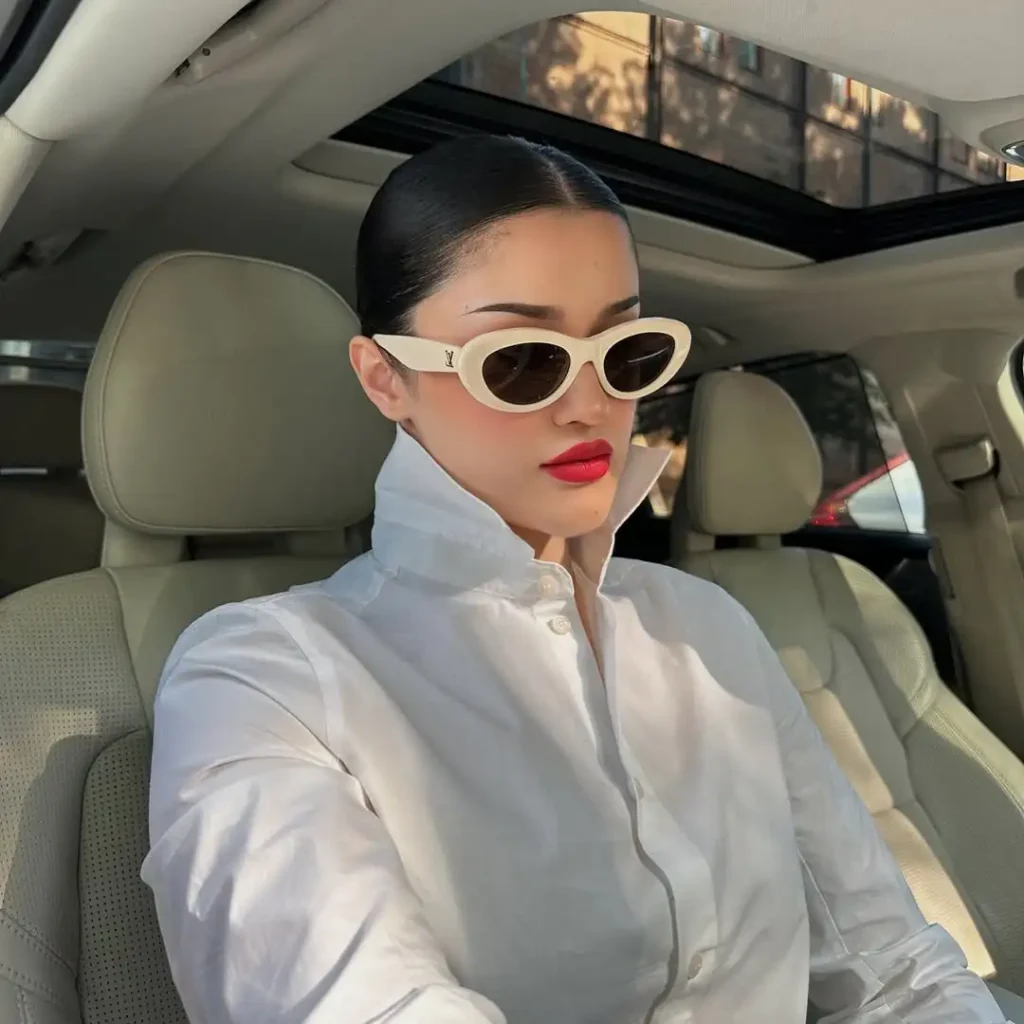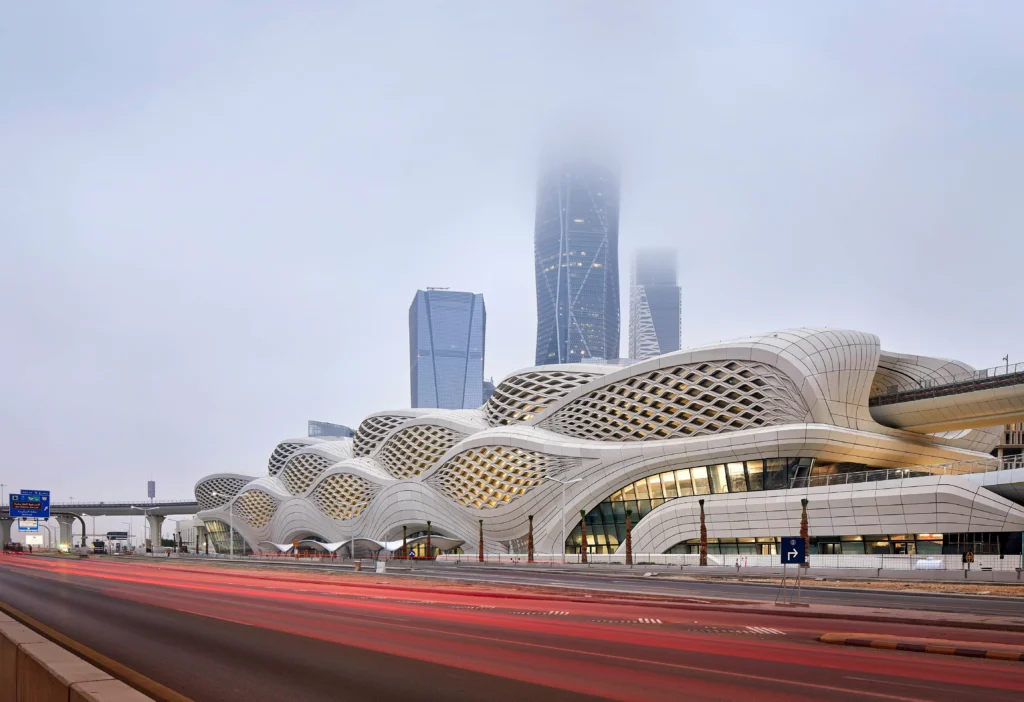Hassan Jalal Visual Artist, Philosopher and Sculptor
Hassan Jalal Visual Artist, Philosopher and Sculptor The Egyptian Artist’s Journey Through Abstract Expressionism and World Spirituality: Bridging Tradition and Modernity in Contemporary Art Hassan Jalal, a distinguished Egyptian artist, captivates the world of contemporary art with works that transcend aesthetic appeal. Rich in symbolism and emotional depth, his creations offer profound reflections on the human condition, merging the mystical essence of Ancient Egypt with the expressive power of modern abstract art. A true visionary, Jalal’s art invites contemplation, urging viewers to explore the intricate layers of the soul and the enigmatic mysteries of existence. Born amidst Egypt’s cultural richness, Jalal’s exposure to the timeless beauty of his heritage profoundly shaped his artistic journey. His early fascination with painting, sculpture, and visual arts, coupled with self-driven study, laid the foundation for his craft. However, it was his mother’s unwavering support and belief in his talent and philosophy that allowed him to break away from conventional methods and carve his unique artistic path. By seamlessly blending abstract forms with Egyptian heritage, Jalal’s work bridges the ancient and modern, reflecting the spirit of his homeland while drawing on global artistic influences. Jalal’s art is defined by his bold use of geometric shapes and a vibrant palette, exploring both the external world and the human psyche. Each stroke of paint pulsates with energy, evoking raw emotions—grief, joy, love, and transformation—that resonate universally. His work is deeply personal yet profoundly relatable, striking a delicate balance between abstraction and emotional expression. Symbolism is a cornerstone of Jalal’s practice, where ancient Egyptian motifs—hieroglyphs, sacred geometry, and deities—serve as metaphors for the journey of the soul. Universal symbols, such as circles, triangles, and spirals, elevate his art to a philosophical realm, transcending materiality to offer deeper meaning. This interplay of abstraction and symbolism invites reflection on the shared experiences of humanity. Spirituality is central to Jalal’s work, underpinning his exploration of existential themes such as identity, purpose, and self-evolution. His abstract depictions of human figures—often fragmented or ambiguous—capture the complexity of individual existence and the collective narrative of humanity. Rebirth and transformation emerge as recurring motifs, reflecting life’s cyclical nature, where endings lead to new beginnings. Through layered textures and dynamic compositions, Jalal conveys the fluidity of existence, where past, present, and future intertwine. Jalal’s art transcends the physical, inviting viewers to step beyond representation and embrace the metaphysical. His use of colour—particularly vibrant reds, blues, and yellows—imbues his work with emotional resonance, evoking a spectrum of feelings from passion to tranquillity. Each canvas becomes a meditation on the profound energies that shape the human soul, encouraging introspection and personal connection. Hassan Jalal’s legacy extends far beyond his remarkable compositions. By reinterpreting ancient Egyptian aesthetics through a contemporary lens, he bridges the gap between past and present, creating a universal dialogue. His work transcends cultural and temporal boundaries, offering both a visual and philosophical exploration of the human spirit. Jalal’s influence lies in his ability to render ancient wisdom accessible to modern sensibilities, prompting reflection on our place within the grand narrative of existence. His mastery of mixed media, combining oil paints, acrylics, and collage elements with materials like sand, metal, and fabric, adds a tactile dimension to his work. These layered textures invite a multisensory engagement, transforming his canvases into portals for exploring the mysteries of life. Jalal’s art reminds us of our interconnectedness, bound by universal energies that shape our world. Hassan Jalal’s creations are far more than aesthetic experiences—they are philosophical journeys, spiritual explorations, and cultural reflections. His abstract and emotive works invite us to delve into the human soul, confront the complexities of existence, and grapple with eternal questions of life, death, and transformation. Jalal’s legacy lies in his ability to fuse the ancient with the modern, the spiritual with the tangible, and the material with the transcendent. Through his art, he inspires us to look beyond the visible, to feel deeply, and to connect with the vast, mysterious universe in which we exist.

